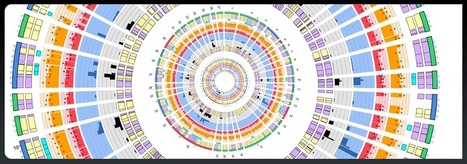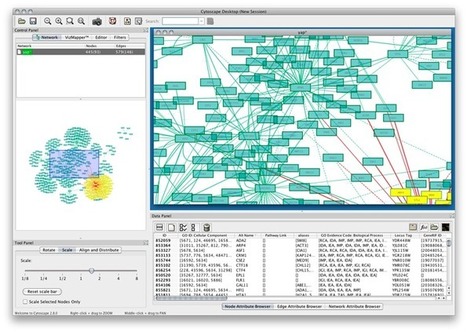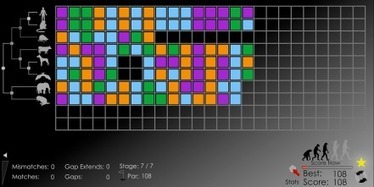Described as a “knowledge collider,” and now with a pledge of one billion euros from the European Union, the Living Earth Simulator is a new big data and supercomputing project that will attempt to uncover the underlying sociological and psychological laws that underpin human civilization. In the same way that CERN’s Large Hadron Collider smashes together protons to see what happens, the Living Earth Simulator (LES) will gather knowledge from a Planetary Nervous System (PNS — yes, really) to try to predict societal fluctuations such as political unrest, economic bubbles, disease epidemics, and so on.
Orchestrated by FuturICT, which is basically a consortium of preeminent scientists, computer science centers around the world, and high-power computing (HPC) installations, the Living Earth Simulator hopes to correlate huge amounts of data — including real-time sources such as Twitter and web news — and extant, but separate approaches currently being used by other institutions, into a big melting pot of information. To put it into scientific terms, the LES will analyze techno-socio-economic-environmental (!) systems. From this, FuturICT hopes to reveal the tacit agreements and hidden laws that actually govern society, rather than the explicit, far-removed-from-reality bills and acts that lawmakers inexorably enact.



 Your new post is loading...
Your new post is loading...



























